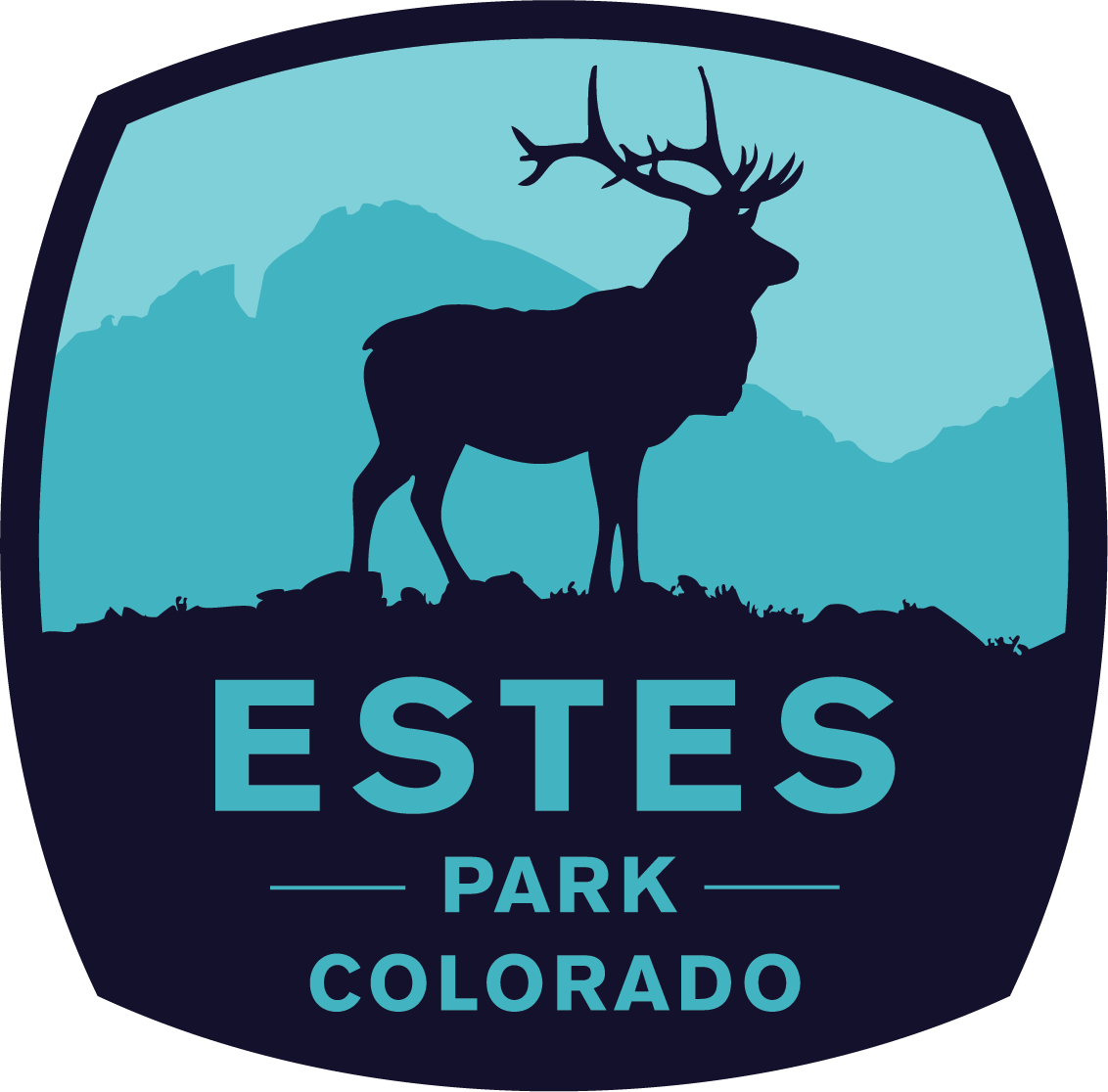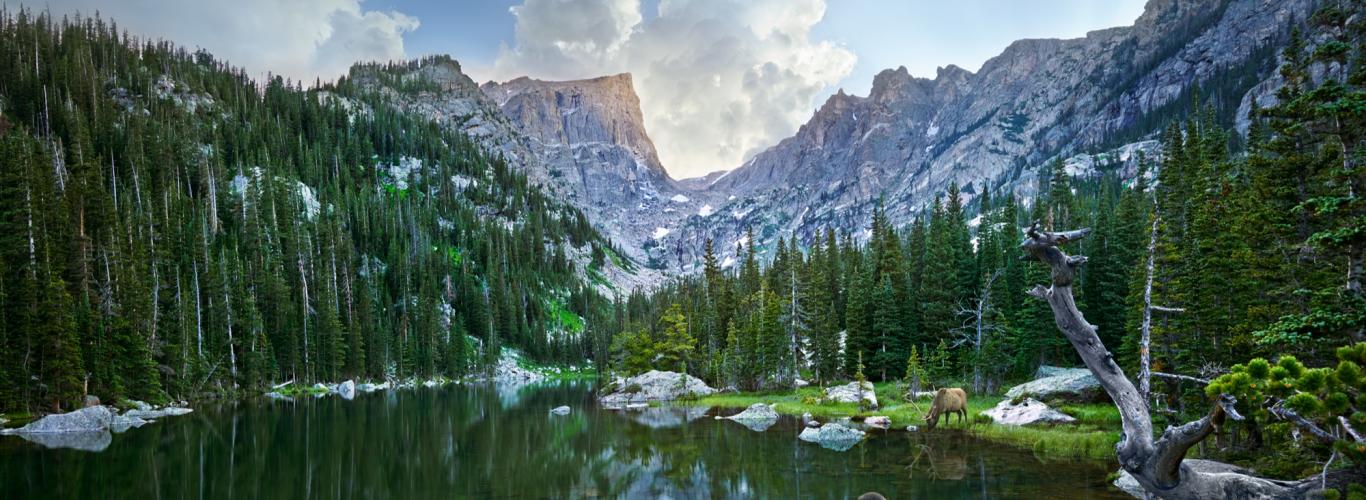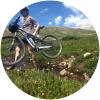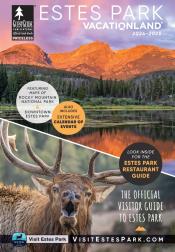Everything you need to know to spend a night under the stars
Estes Park is the place to camp. With the stunning Rocky Mountains as your backdrop or your site, you can do so in almost any manner you please. Camp near your car, in a tent or in the backcountry, camp on a cliff face – that’s right, cliff camping – or at an RV park.
Camping means different things to different people, so naturally, there are options to fit every desire. Area campgrounds offer amenities (think: electricity hookups, water, stores, swimming, fishing) or simple plots with a nearby bathroom. Backcountry sites offer no amenities and don’t allow campfires.
Read on to figure out what type of camping suites your style and where to go from there.
Step 1: Choose the camping option that is right for you.
Car camping
Drive to and park near your campsite rather than hiking to it. Pros: convenient, easy access for most ability levels, the car makes for easy storage. Cons: you’ll experience less nature than other types of camping, lamp posts will detract from stargazing.
Tent sites
Requires hiking to get to your campsite, the distance will vary based on your choice of campsite and trailhead. Pros: opportunity to experience more nature, more stars will be visible without lamp posts, fewer fellow campers will be around than at car campsites. Cons: Fewer fellow campers will be around (hey, some people crave a more social atmosphere), some amount of hiking is required, remember supplies must be carried with you, and fires may or may not be allowed.
RV Park
These campsites range in amenity offerings. Some are simply open land and require a self-contained vehicle while others offer full water and electricity hookups as well as other amenities. Pros: all the comforts of home can be found in an RV or camper van. Cons: can be expensive to operate and require some amount of planning if you don’t own or have easy access to one.
Yurts/Camping Cabins
Usually small and basic, these structures provide a roof over your head and beds to sleep in. The basic options often require you to bring your own linens and share a bathroom and kitchen with neighbors. More luxurious options, more recently called glamping, can have all the amenities. Pros: less equipment is required and you’ll have the chance to cook a real meal in the community kitchen. Cons: in some places the yurts and cabins will be quite close together and sharing a cooking area takes some getting used to.
Backcountry
Also called wilderness camping – requires extensive hiking to reach campsites, permits are often required (and may be hard to come by so plan at least six months in advance), and most often fires are not allowed. Pros: spectacular views, day and night, and few to no neighbors. Cons: an extensive hike with a heavy pack is not for the faint of heart and requires specialized equipment.
Cliff camping
A specialized form of camping where some amount of climbing is required to reach a cliff face, where campers sleep suspended in the air. Pros: not your average camping experience. Cons: if you’re afraid of heights, this may not be the option for you.
Step 2: Find a place to camp – Estes Park Camping Options
For campgrounds in Estes Park, peruse a complete list of campsites to find one that fits your needs. Learn more about tent and backcountry sites in Rocky Mountain National Park then choose one from a list of campsites in it. If glamping is more your style, and yes it is just what it sounds like: glamorous camping, then check out the closest thing Estes Park has to it at JellyStone Park Camp Resort.
Step 2.5: Apply for a permit, if needed.
Backcountry, or wilderness camping, requires a permit, and they may be hard to get. Most often wilderness campsites are reserved six-months in advance, so plan ahead. The Wilderness Offices, located near park visitor centers, are a good place to apply for a permit, or you can apply online.
Step 3: Supplies.
Make sure you have the appropriate supplies for the type of camping you are about to embark on. If you find yourself without something necessary once in Estes, you can find it at one of the local outdoor shops. Try Outdoor World, The Warming House, Kirks Fly Shop or the Estes Park Mountain Shop.
Aside from the obvious supplies needed, such as an RV for RV camping or a tent for tent camping, consider the following list of supplies for your trip.
- Food – food should be lightweight and create as little waste as possible. Dehydrated meals are a good option. All you need is boiling water and a spoon! The boiling water is poured directly into the packaging – no bowl needed. If you’re camping in a location that does not allow fires, remember to bring a portable cooking stove.
- Water – consider a water filter for trips farther from humanity to save yourself from carrying a lot of water too far – it’s heavy!
- Warm clothing – it is much colder in and near the mountains than it is at lower elevations. Bring warm layers to put on as you get higher and the sun goes down. A beanie is a must.
- A warm sleeping bag – the sleeping bag you used for slumber parties back in the day probably won’t cut it. Consider buying or renting one that is warm in lower temperatures.
- First aid supplies – nothing is worse than a splinter you can’t quite get to when you are away from civilization. Athletic tape and an extra pair of socks are a good idea too.
- Your sense of wonder – you’re about to experience nature – get ready to be invigorated!





